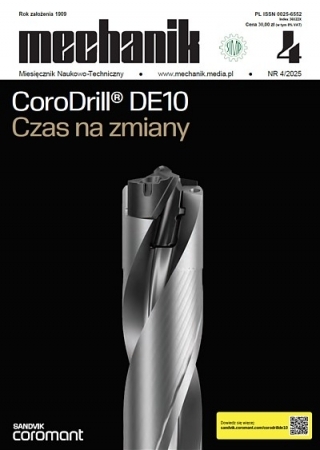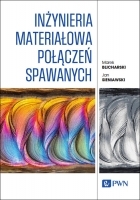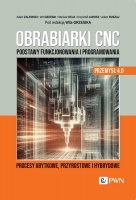Kształtowanie formy budynków wysokich w świetle badań i analiz związanych z oddziaływaniem wiatru *
Shaping the forms of tall buildings in light of research and analyses associated with the influence of wind
Mechanik nr 07/2017 - Różne
STRESZCZENIE: Rozwój budownictwa wysokiego, związany z realizacją coraz wyższych budowli o nietypowych kształtach, pociąga za sobą konieczność poszukiwania alternatywnych, a zarazem stosunkowo niedrogich rozwiązań projektowych, pozwalających na ograniczenie niekorzystnych wpływów aerodynamicznych. W artykule przedstawiono reprezentatywne uwarunkowania formy budynków wysokich, umożliwiające redukcję skomplikowanych zjawisk aerodynamicznych w otoczeniu obiektu.
SŁOWA KLUCZOWE: architektura budynków wysokich, budynek wysoki, oddziaływanie wiatru, badania tunelowe
ABSTRACT: The development of the construction of high-rise buildings that is associated with the building of taller and taller buildings with atypical shapes leads to the search for alternative and, at the same time, inexpensive design solutions that us to limit adverse aerodynamic influences. Representative conditions regarding the form of tall buildings that allow the reduction of complicated aerodynamic phenomena that occur around a structure have been presented in the paper.
KEYWORDS: the architecture of tall buildings, tall building, influence of wind, wind tunnel analysis
BIBLIOGRAFIA / BIBLIOGRAPHY:
- PN-EN 1991-1-4. Eurokod 1. Oddziaływania na konstrukcje. Cześć 1–4: Oddziaływania Ogólne – Oddziaływania wiatru.
- Irwin P.A. “Wind issues in the design of tall buildings”. RWDI, Los Angeles Tall Building Structural Design Council, 2010.
- Rychter Z. „Wpływ kształtu wieżowców na jakość konstrukcji”. Architecturae et Artibus. 2 (2013).
- Lipiecki T. „Oddziaływanie wiatru na budynki wysokie w świetle badań własnych i ujęć normowych”. Budownictwo i Architektura. 12, 2 (2013): s. 143–150.
- Paruch R. “Impact of wind on tall buildings from the perspective of the development of architectural forms and structural systems”. Mechanik. 7 (2016).
- Kwok K.C.S. “Aerodynamics of tall buildings”. A State of the Art in Wind Engineering. New Delhi: Wiley Eastern Limited, 1995.
- Melbourne W.H. “Bluff body aerodynamics for wind engineering”. International Conference on Wind Engineering. New Delhi, 1995.
- Hayashida H., Iwasa Y. “Aerodynamic shape effects of tall building for vortex induced vibration”. Kyoto, Japan, 1988.
- Sullivan L.H. Lippincott`s Magazine. 1896.
- Antecki P., Wdowicki J. „Budynek D-Wang Tower – konstrukcja i obliczenia”. Inżynieria i Budownictwo. 3 (2011).
- SOM: www.som.com.





















